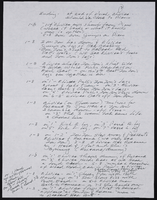Search the Special Collections and Archives Portal
Search Results
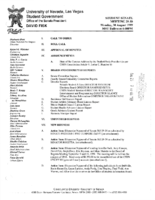
Meeting minutes for Consolidated Student Senate University of Nevada, Las Vegas, August 30, 1999
Date
Archival Collection
Description
Text
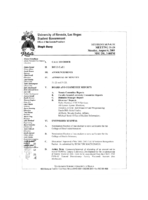
Meeting minutes for Consolidated Student Senate, University of Nevada, Las Vegas, August 06, 2001
Date
Archival Collection
Description
Text
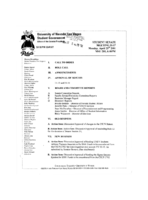
Meeting minutes for Consolidated Student Senate, University of Nevada, Las Vegas, April 23, 2001
Date
Archival Collection
Description
Text

Meeting minutes for Consolidated Student Senate University of Nevada, Las Vegas, July 12, 1999
Date
Archival Collection
Description
Text
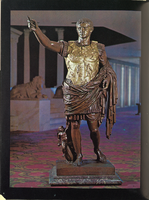
Hotel room brochure from Caesars Palace, circa 1969
Date
Archival Collection
Description
Bound booklet with concierge information for Caesars Palace. The guide provides entertainment and dining information about the resort and casino, including room service menus and a telephone directory.
Text

Meeting minutes for Consolidated Student Senate, University of Nevada, Las Vegas, June 30, 1981
Date
Archival Collection
Description
Text
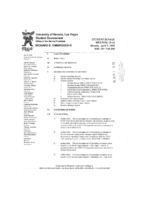
Meeting minutes for Consolidated Student Senate University of Nevada, Las Vegas, April 05, 1999
Date
Archival Collection
Description
Text
Cohen, Burton
Burton Cohen (1923-2014) was a casino executive in Las Vegas, Nevada who held management positions at iconic Strip properties such as the Frontier, Desert Inn, Flamingo, Caesars Palace, Thunderbird, and Dunes. Cohen grew up in Miami, Florida where he graduated from the University of Florida. During World War II he served in the Army Air Corps and trained as a pilot. After returning to the United States he enrolled at the University of Miami and earned a law degree in 1948.
Person

